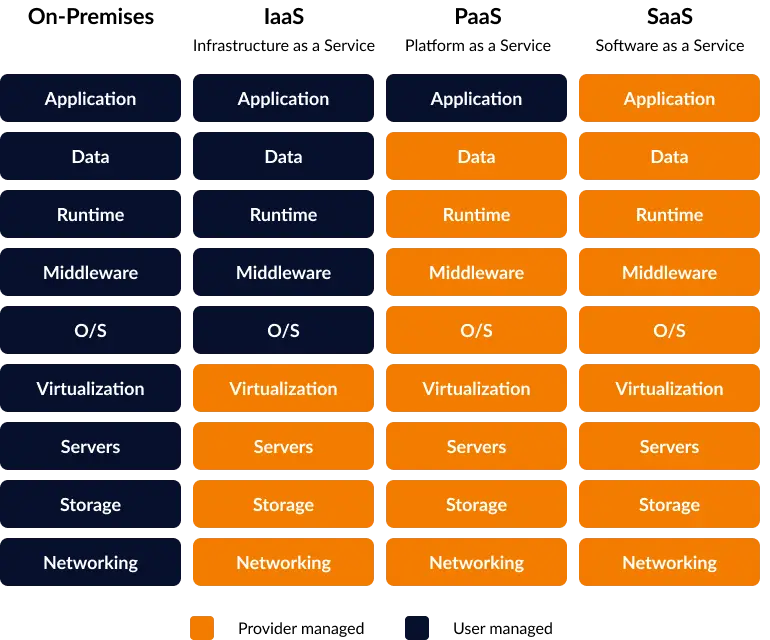DevOps & Admins
DevOps connects two areas: the software development team (Dev) with the operations team (Ops). This methodology emphasizes close communication and mutual commitment between the two divisions to improve both processes and product quality.
DevOps is responsible for the Preparation of environments at different levels that enable respectively: software development, testing, performance in the development environment and implementation in production and Continuous Integration / Continuous Delivery (CI/CD) process.
A CD/CI pipeline
Commit change
Trigger build
Build
Notify of build outcome
Run tests
Notify of test outcome
Deliver build to staging
Deploy to Production
A group of instruments that typically consists of the following: In addition to centrally storing and protecting the source code, VCS Version Control Systems (such as Git, SVN, TFS, etc.) facilitate team collaboration and ongoing work merging. These tools are not new in the software business and have been in use for some time.
These tools typically follow soon after the VCS to help automate the creation and testing of releases, including CI/CD automation servers like Jenkins, Gitlab, etc. As a result, it is frequently referred to as Continuous Integration and Continuous Development tools since it enables teams to maintain a continuous delivery flow.
The following servers and tools may all be put on cloud infrastructure (AWS, Azure, and Google Cloud), which makes the entire pipeline incredibly flexible, affordable, and simple to construct.
Tools such as Kubernetes, Terraform, Ansible, and Docker help DevOps to manage, scale and deploy the project in a flexible and efficient way.
There is a great passion for our job and implementing the best possible solutions. That's why we are able to meet and exceed the expectation of high grade SLAs. In today's world the support of software development processes has never been dynamic to this extant.
Cloud
Servers that are not on the premises of the business using them are referred to as being in "the cloud." In a cloud environment, management consoles and web interfaces are used to administer and configure these servers remotely. Therefore, even if their "owners" cannot reach the servers physically, they can still be accessed and managed remotely.
IaaS
Infrastructure as a Service
It is a paradigm similar to the traditional data center setup in which you are given machines and are in charge of maintaining them remotely. You supply your own licenses, software, and services to the servers in this approach, while the cloud provider is only responsible for the hardware, the network, storage and virtualization of your assigned machines.
PaaS
Platform as a Service
This model goes a little further than IaaS because the cloud provider is also in charge of the middleware, such as application servers or API connectors, and the operating system that runs on the deployed servers.
SaaS
Software as a Service
This model is the most comprehensive and delves deep into your business operations. Software as a Service, or SaaS, is a term used to describe how you pay for the use of software without having to worry about infrastructure or even software problems.

We work with:
Jenkins
Docker
AWS
Proxy
DNS
Ansible
Our client says
Nagrody




Opisz projekt! Uzyskaj porady.
Zbadajmy razem koncepcję twojego projektu oraz jego obecny status.
Oczekuj na propozycję zakresu projektu, szacunku czasu i kosztów od nas.
Konsultacje będą chronione przez NDA.
